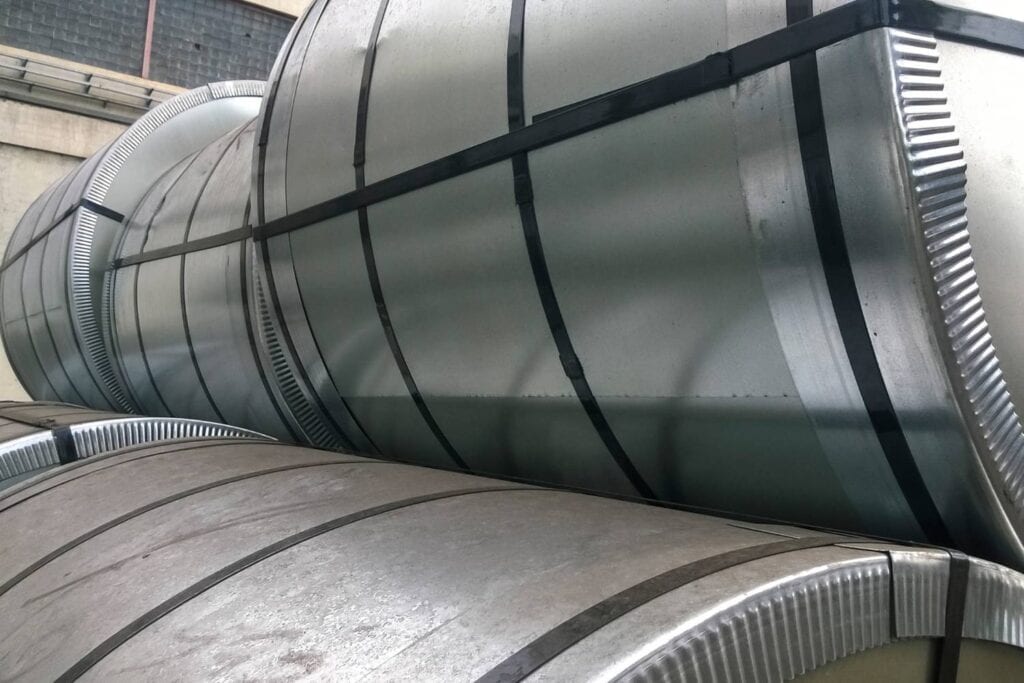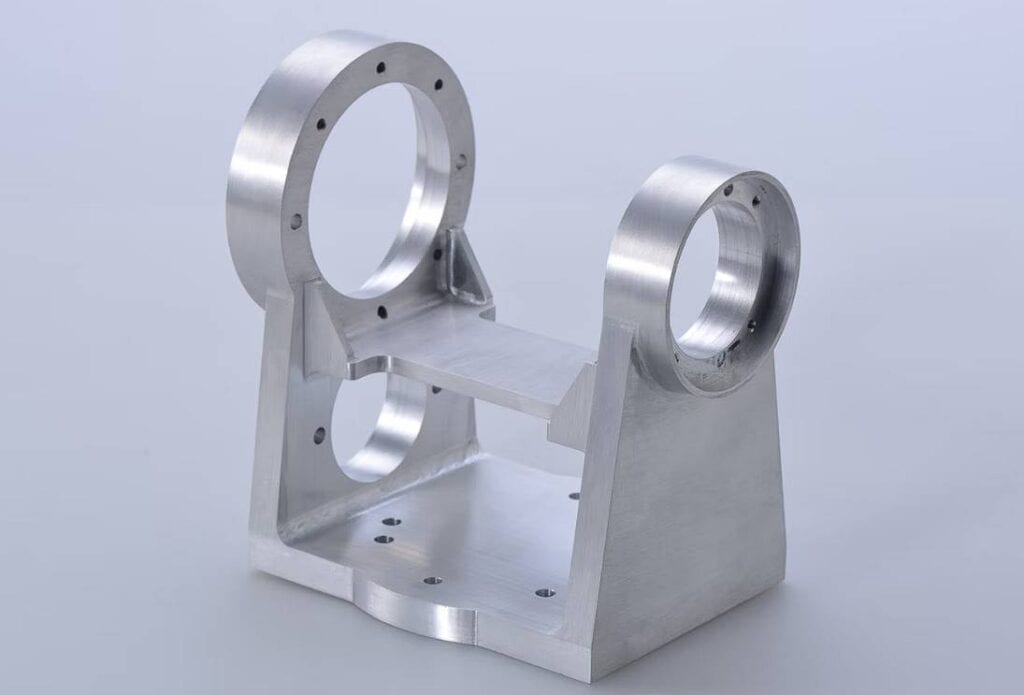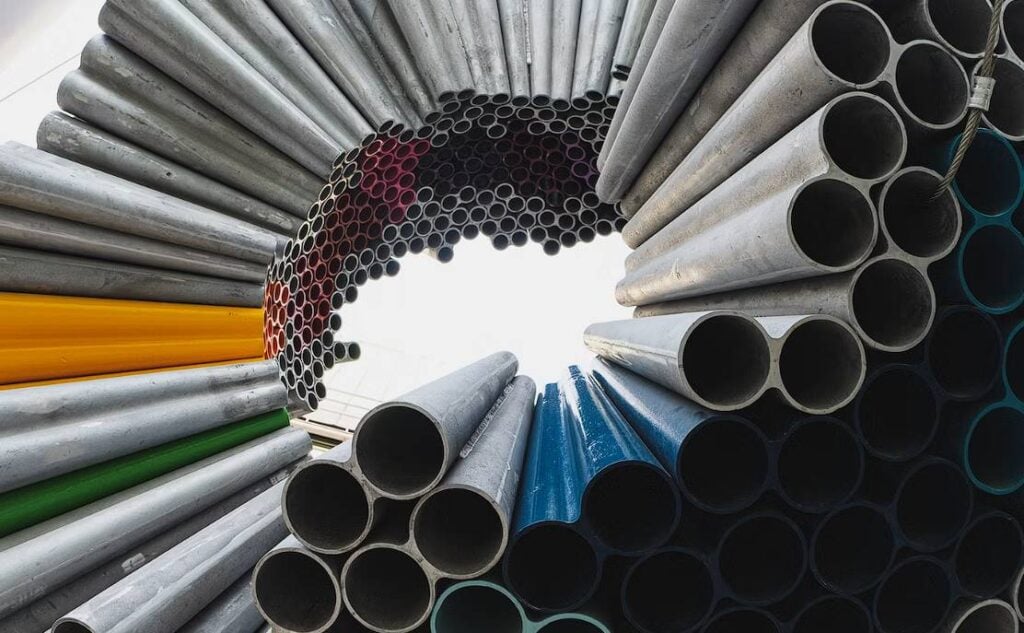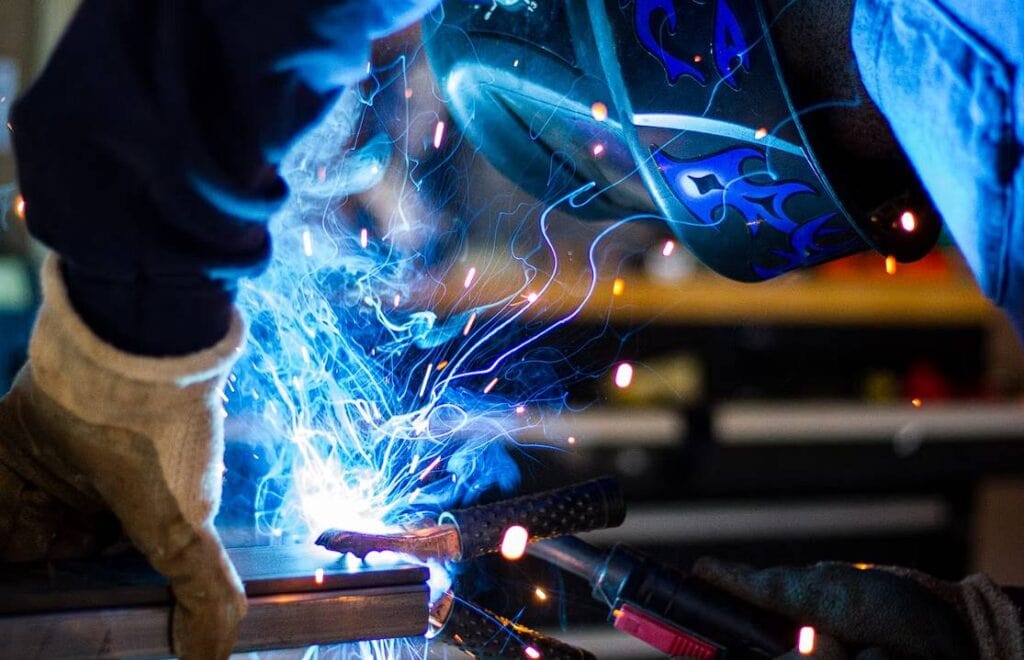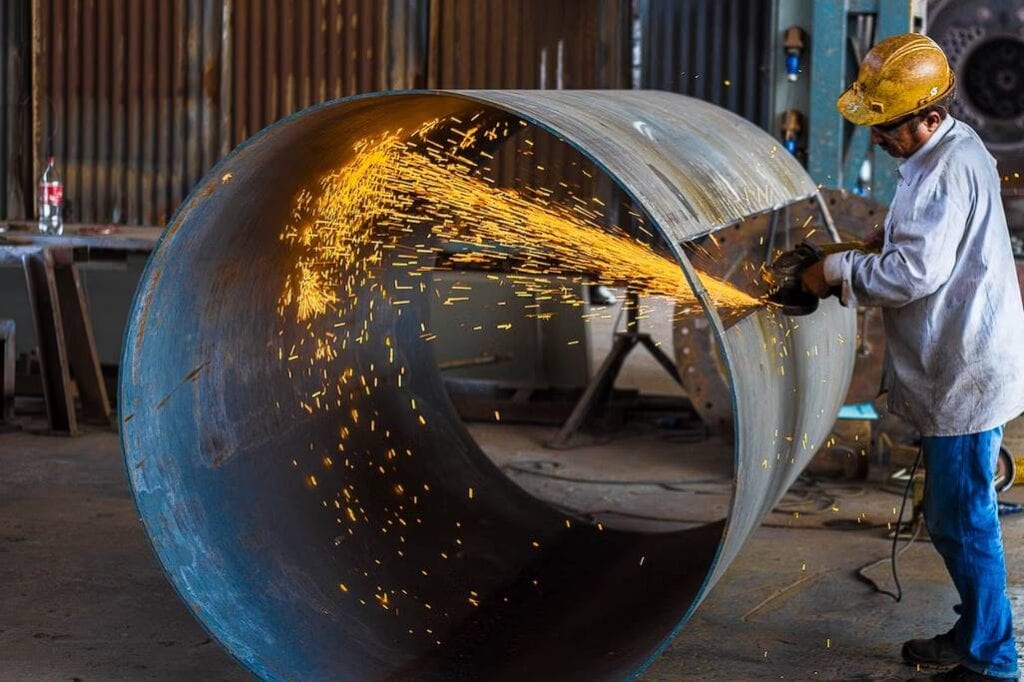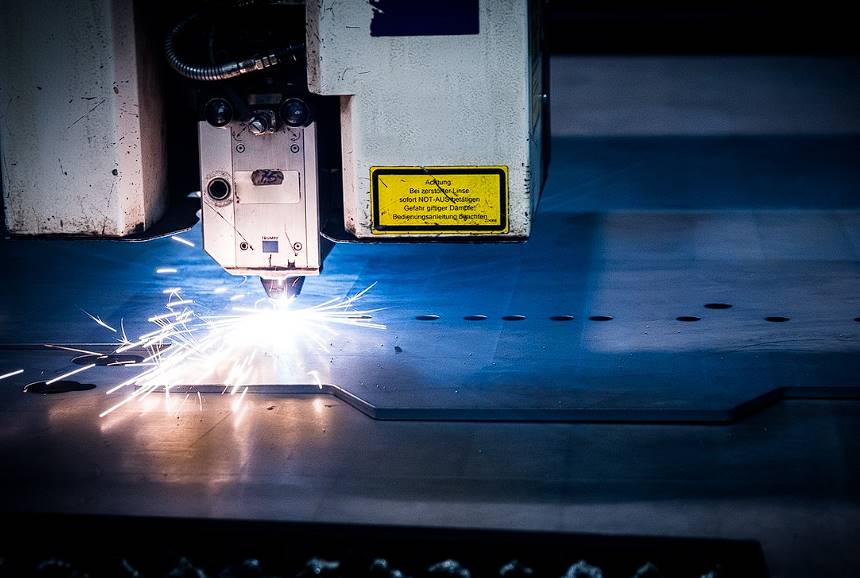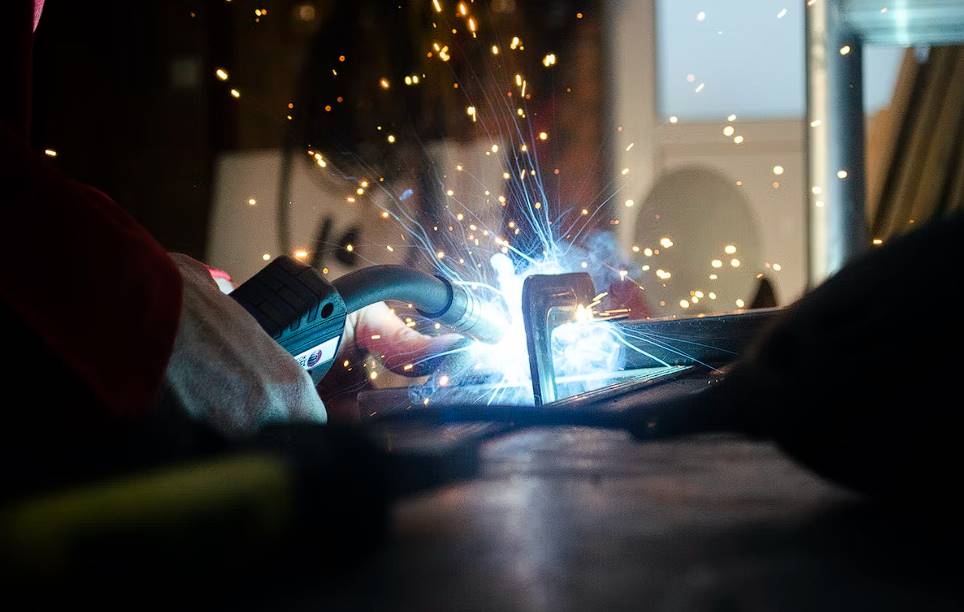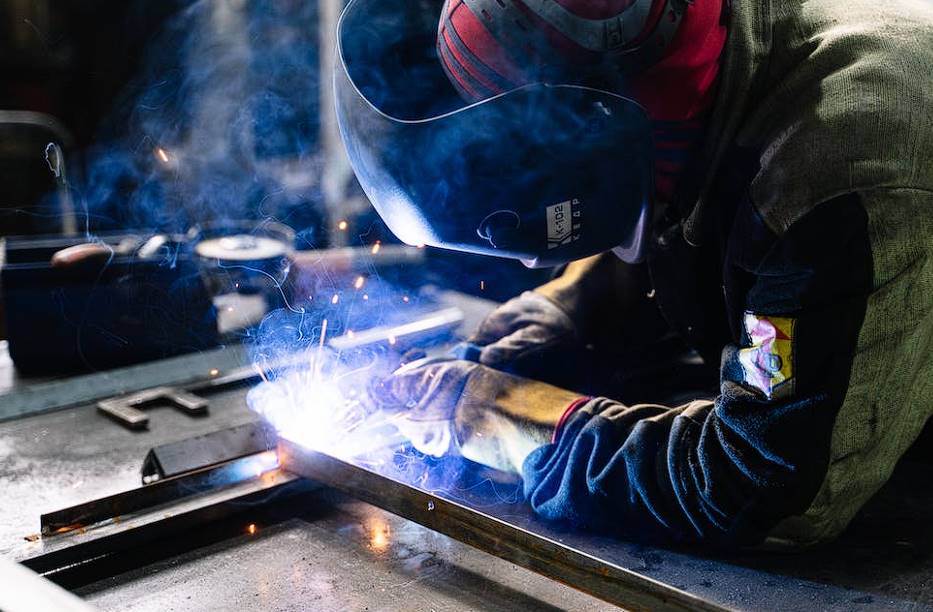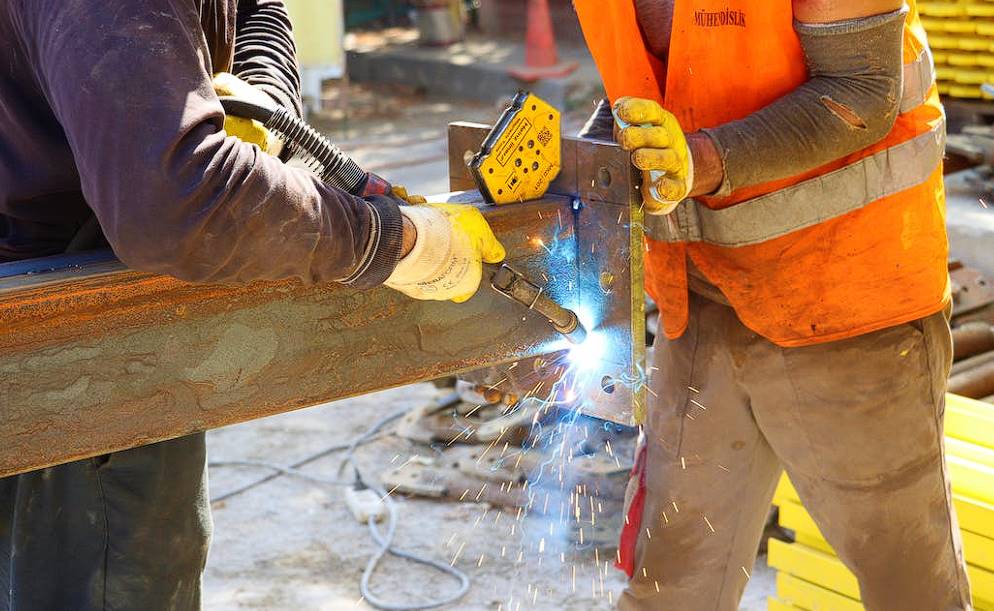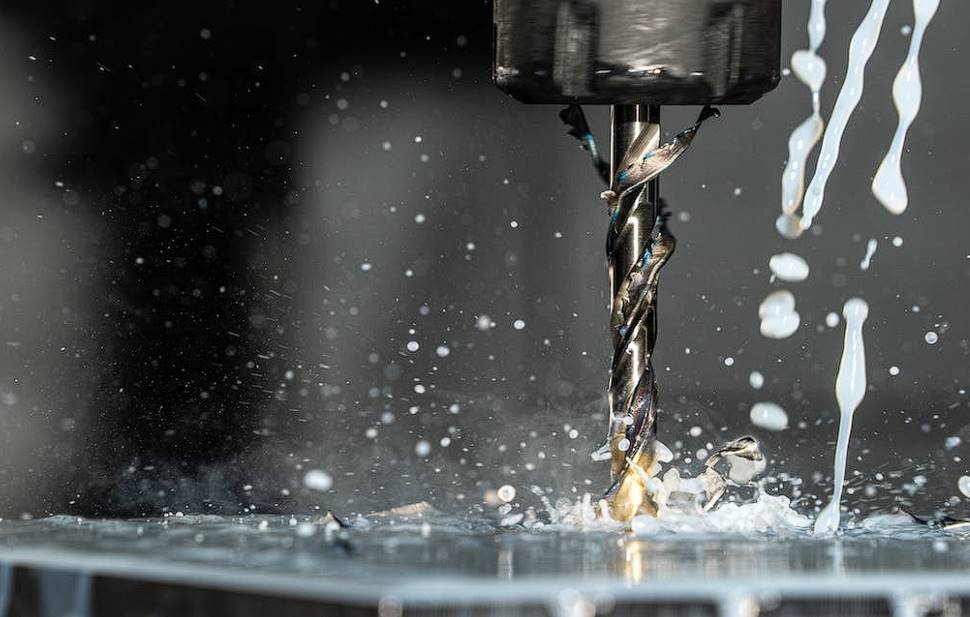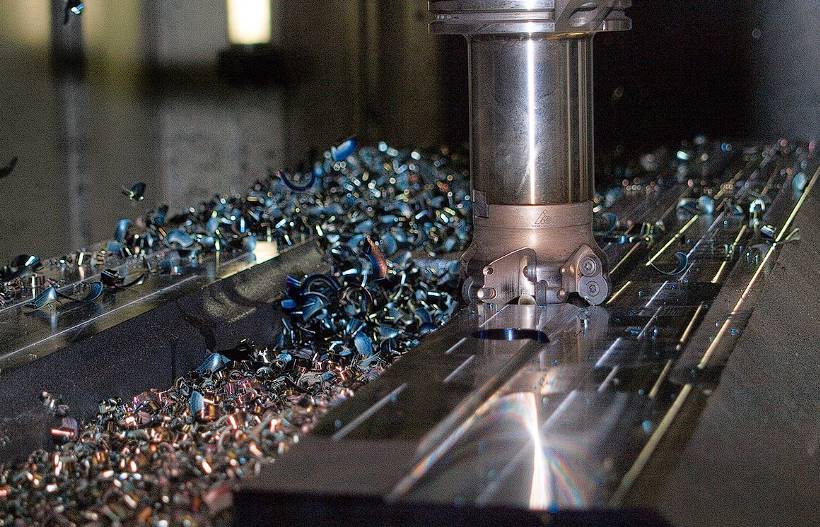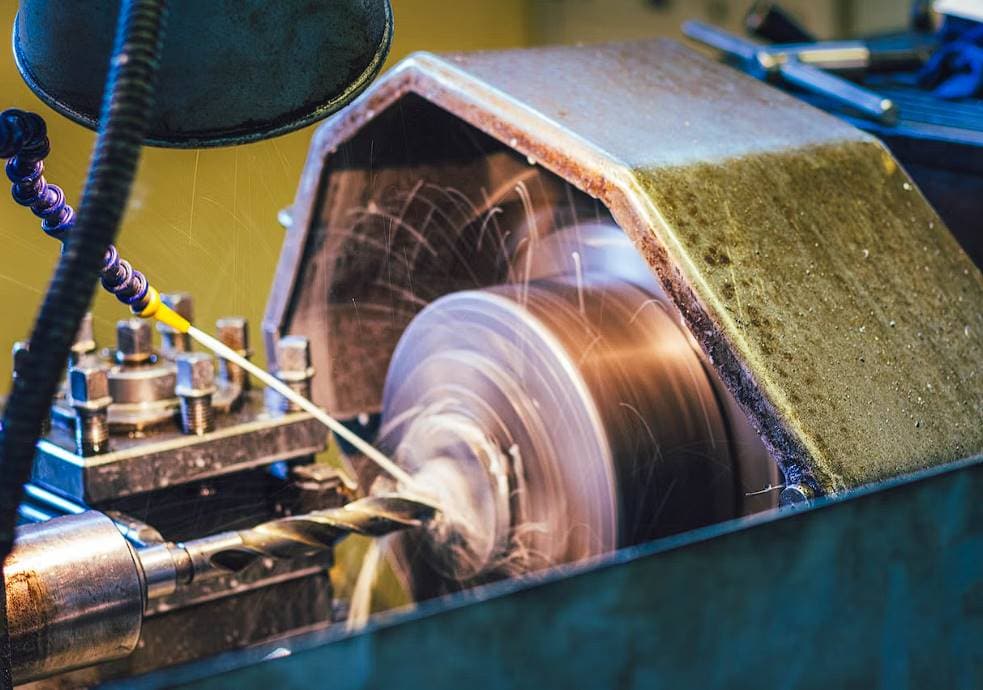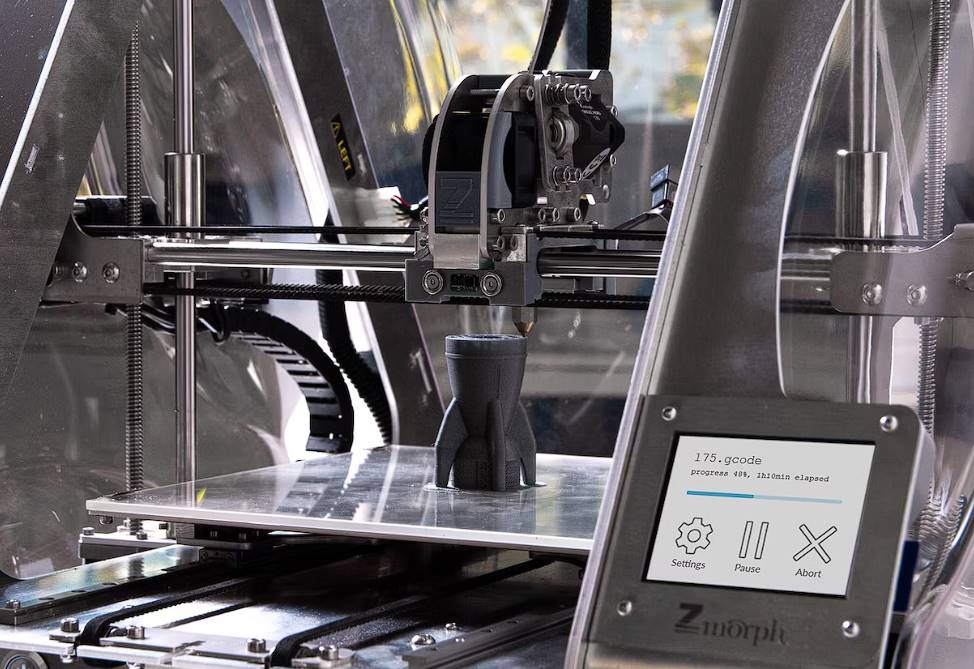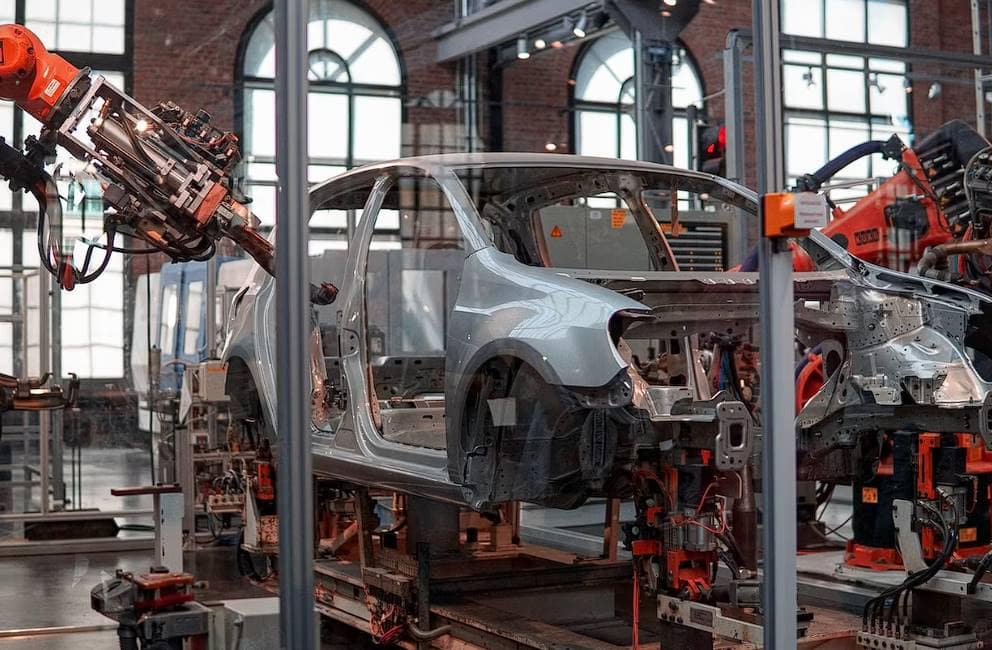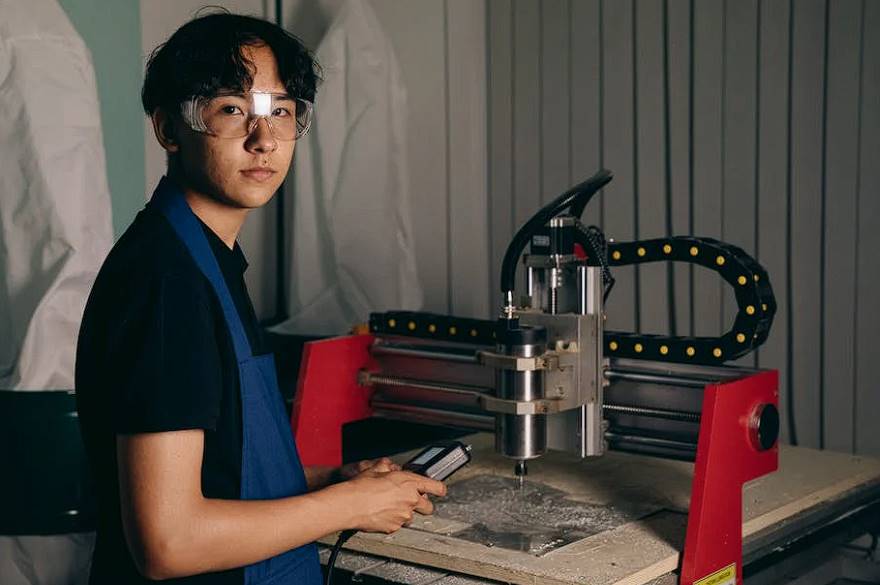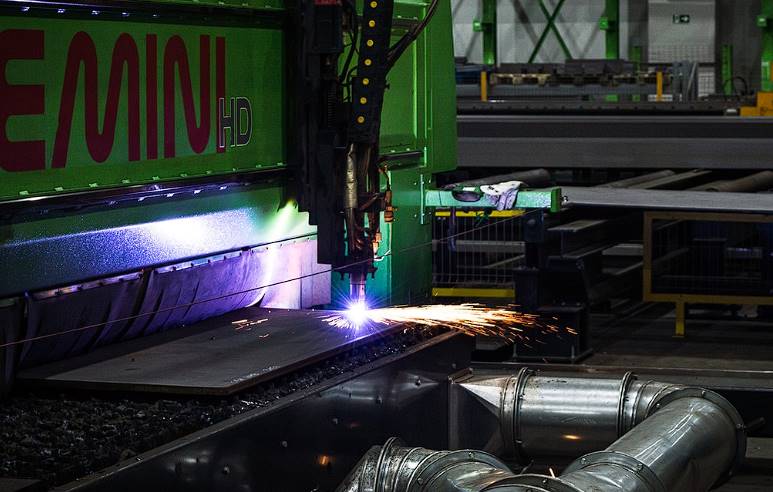Rolled steel is a marvel of modern engineering and construction. It is a testament to how creative people are because it is strong, durable, and flexible in ways few other materials can match. Rolling steel is used in many different things, from the vast structures of buildings to the complicated frames of cars. But how strong is this material? In this blog, we get to the heart of rolled steel's strength by looking at the science behind its toughness, the processes that make it more robust, and the real-world uses that depend on its strong qualities.
As we start this trip, we'll learn about the many layers of rolled steel, from the iron and carbon that make it up to the complex alloying methods that make it stronger. We'll look at the differences between hot-rolled and cold-rolled steel and see how the material's structural integrity is affected by each method. We get a better idea of why rolled steel is an engineer's best friend when dealing with nature's forces by looking at the tests used to measure its strength, like tensile strength, yield strength, and hardness.
If you work in the industry, study materials science, or are just interested in the fantastic things rolled steel can do in building and manufacturing, this article will help you understand the amazing things it can do.
The Strength Of Rolled Steel
The strength of materials is paramount in construction and manufacturing. Among these materials, rolled steel stands out for its exceptional versatility and strength. But what exactly contributes to rolled steel's strength, and how do its different forms—hot rolled and cold rolled—compare in terms of durability and performance? Let's delve into the intricacies of rolled steel's strength and its critical role in various applications.
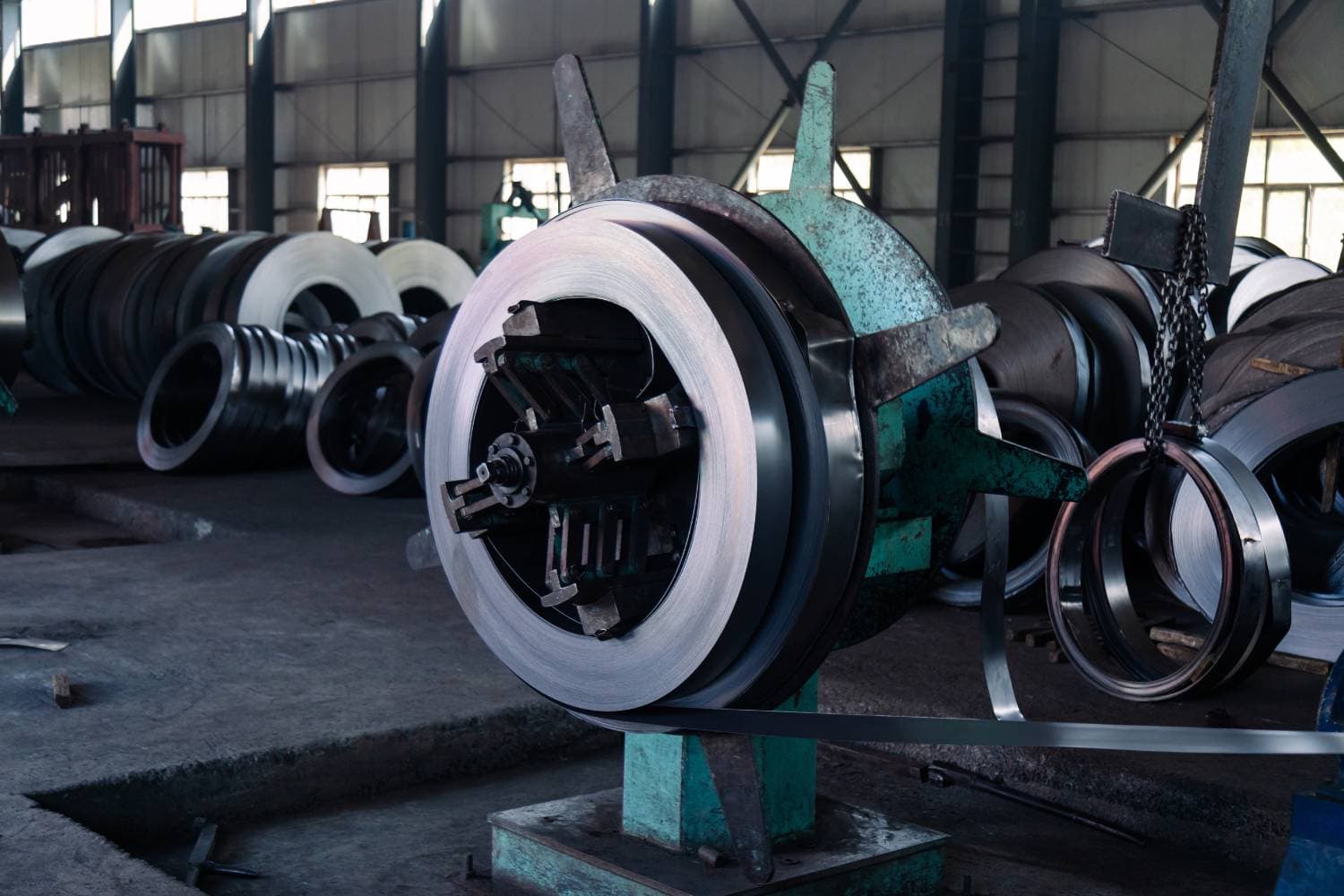
Understanding the Strength of Rolled Steel
The strength of rolled steel is determined by several critical factors, including its composition, the rolling process, and any subsequent treatments or processing. At its core, rolled steel combines iron with a small proportion of carbon, which significantly enhances its strength and hardness. Adding other alloying elements, such as manganese, chromium, and nickel, can further modify and improve its mechanical properties.
Tensile Strength and Durability
Tensile strength, a crucial measure of steel's capacity to withstand tension, varies significantly between hot-rolled and cold-rolled steel. Cold-rolled steel generally exhibits higher tensile strength compared to hot-rolled steel. This increased strength results from the cold rolling process, which involves rolling the steel at room temperature and often leads to a more refined grain structure. The cold rolling process enhances the tensile strength and contributes to improved surface finish and tighter dimensional tolerances.
Hot Rolled Steel: Strength and Flexibility
Hot-rolled steel is known for its elasticity and flexibility, making it an excellent choice for structural components where the ability to absorb impact and resistance to breakage under tension are crucial. Hot rolling involves rolling the steel at a temperature above its recrystallization point, allowing it to be shaped and formed more easily. This process results in steel with a lower tensile strength than its cold-rolled counterpart, but it also provides the material with the necessary toughness for many structural applications.
Cold Rolled Steel: Precision and Hardness
In contrast, cold-rolled steel offers enhanced hardness and precision, attributes that stem from its increased tensile strength. The cold rolling process, performed at or near room temperature, not only strengthens the steel but also makes it more suitable for applications requiring high precision and a smooth finish, such as automotive parts, appliances, and metal furniture. Cold-rolled steel's enhanced strength and surface quality make it a preferred material for components that demand aesthetic appeal and durability.
The Versatility of Rolled Steel Strength
The diverse strength characteristics of hot and cold rolled steel make them suitable for various applications. From the structural steel beams that support buildings and bridges to the precise components found in cars and appliances, the choice between hot and cold rolled steel depends on the project's specific requirements. Understanding the strength properties and applications of each type of rolled steel allows engineers and designers to select the most appropriate material for their needs.
Factors Influencing The Strength Of Rolled Steel
The strength of rolled steel, a material pivotal in construction and engineering, is influenced by various factors. Understanding these factors is essential for designing structures that are strong, durable, able, and efficient in material use. Here are the primary factors affecting the strength of rolled steel:
Chemical Composition and Alloying Elements
Steel's chemical makeup significantly determines its mechanical properties. Iron, the primary constituent, increases in strength when alloyed with elements like manganese, niobium, and vanadium. However, these additions must be balanced as they can impact other crucial properties such as ductility, toughness, and weldability. Reducing sulphur content can improve flexibility, and adding nickel can enhance toughness. Carefully balancing these chemical compositions during production ensures the desired mechanical properties are achieved.
Manufacturing Processes and Heat Treatment
Steel's processes during manufacturing, including heat treatment, play a critical role in defining its strength. Specific heat treatments and mechanical work like rolling or forming significantly affect steel's mechanical properties. For example, thermomechanically rolled steel utilises specific steel chemistry to allow rolling at lower temperatures, enhancing strength while retaining other desired properties. Processes like quenching and tempering further refine these properties, producing high strength and appropriate toughness levels of steel.
Temperature
Temperature profoundly impacts steel's tensile strength. While moderate heating can increase strength to a point beyond certain temperatures, steel's tensile strength and elasticity begin to decrease. This decrease is due to changes in the steel's molecular structure and an increase in ductility and malleability. Consequently, the operating temperature range is a critical consideration in the application of rolled steel in structural designs.
Mechanical Working
The extent to which steel is mechanically worked — especially rolled — influences its strength. Rolling steel compresses the material, enhancing its strength through the refinement of grain structure and reduction of yield strength with increasing material thickness. This effect underscores the importance of the rolling process in achieving the specified strength levels in steel products.
Comparing Hot Rolled Vs. Cold Rolled Steel
The distinction between hot-rolled and cold-rolled steel shapes the project's timeline, budget, and end-use. Understanding their differences is crucial for choosing the right type of rolled steel for your project. Here's a detailed comparison based on the insights gathered:
The Basics
Hot-rolled steel is the initial product of steel slabs or billets processed at a temperature above the material's recrystallization temperature. This method allows for large sizes and shapes to be made easily, as the steel is malleable at high temperatures. The cooling process leads to shrinkage and less precise dimensions and finishes.
Cold-rolled steel, conversely, involves additional processing steps that occur after the steel has been hot-rolled and cooled at room temperature. This includes re-rolling the steel at room temperature to achieve a closer dimensional accuracy and a smoother surface finish. The result is a more robust steel with tighter tolerances and a more attractive finish.
Characteristics and Applications
Hot rolled steel, recognisable by its scaled surface and slightly rounded edges, offers advantages such as lower cost due to less processing and a malleable nature that accommodates various shapes. It's commonly used in railroad tracks, construction materials, and agricultural equipment, where precise shapes and finishes are less critical.
Cold-rolled steel is distinguished by its improved surface finish, higher strength, and tighter tolerances. It is suitable for applications requiring high precision and aesthetics, such as appliances, automotive parts, and metal furniture.
Advantages and Disadvantages
- Cost-Effectiveness: Hot-rolled steel is generally more affordable than cold-rolled steel due to its more straightforward processing.
- Strength and Durability: Cold-rolled steel demonstrates up to 20% more strength than its hot-rolled counterpart, owing to the hardening effects of the cold-rolling process.
- Surface Quality: Cold-rolled steel offers a smoother, more finished surface compared to the rougher, scaly appearance of hot-rolled steel.
Decision Making
Choosing between hot- and cold-rolled steel involves balancing cost, mechanical properties, and surface finish. Hot-rolled steel is preferred for structural components and situations where surface finish is not critical. Cold-rolled steel is favoured for precise engineering applications and where aesthetic appearance is vital.
Applications Relying On Rolled Steel's Strength
The manufacturing landscape boasts an array of processes, each tailored to imbue materials with properties suited for specific applications. Among these, the distinction between hot-rolled and cold-rolled steel stands prominent, not just as a testament to steel's versatility but also to its capability to meet diverse industrial demands. Here, we delve into applications that capitalize on the unique strengths of rolled steel, showcasing how both hot and cold rolling processes serve pivotal roles across various sectors.
Hot Rolled Steel: The Backbone of Infrastructure
Hot-rolled steel, known for its malleability at high temperatures, becomes the material of choice for foundational applications where precision is flexible, and strength is paramount. This type of steel forms the skeleton of our modern world in the following ways:
- Construction and Architecture: From the structural beams that uphold buildings to the framing that outlines skyscrapers, hot-rolled steel provides the robustness required for architectural endeavours.
- Railroad Tracks and Infrastructure: The rails that lace the land, providing pathways for trains, rely on the durability of hot rolled steel to withstand the elements and the weight of countless journeys.
- Automotive Frames and Parts: The automotive industry leverages hot rolled steel for parts that require thickness and strength, such as chassis and frames, ensuring safety and durability.
Cold Rolled Steel: Precision and Aesthetics
On the other hand, cold rolled steel, with its enhanced strength and superior surface finish, caters to applications demanding precision and aesthetics. This type of steel finds its place in the following:
- Home Appliances: The sleek surfaces of refrigerators, washing machines, and dryers owe their finesse to cold rolled steel, which provides the exact dimensions and smooth finishes essential for consumer goods.
- Manufacturing and Machinery: High-precision tools and machinery components, which require strict tolerances and strength, are often crafted from cold-rolled steel to ensure reliability and longevity.
- Automotive Industry: For components that must fit perfectly and resist the stresses of operation, cold-rolled steel offers the necessary hardness and consistency.
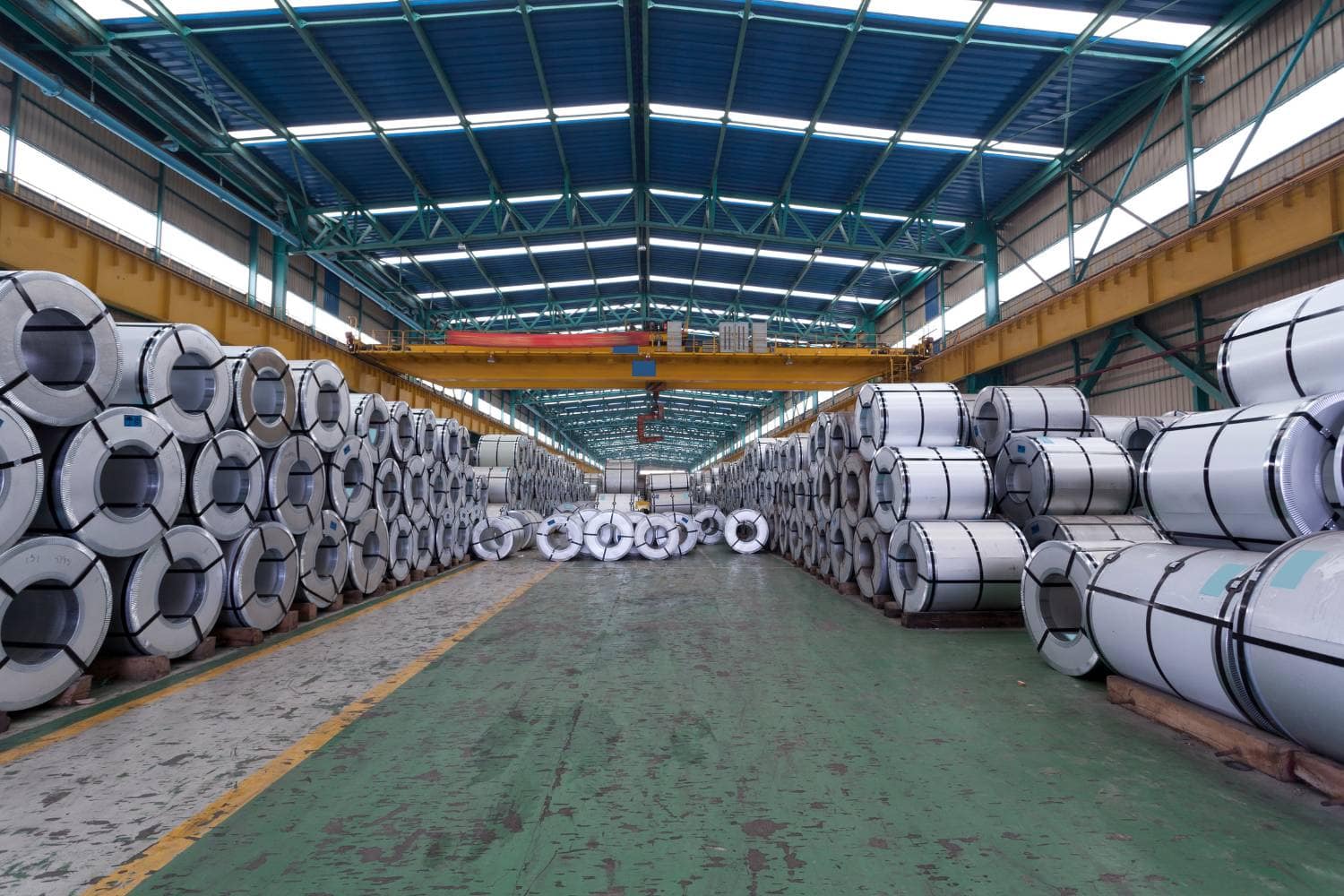
Versatile and Vital
Both hot and cold rolled steels play critical roles across various sectors, from agricultural and mining equipment, where durability against harsh conditions is vital, to water transmission, where the integrity of pipes can mean the difference between prosperity and disaster.
Art and Sculpture also benefit from rolled steel properties, with artists choosing hot rolled steel for its natural, rugged look and cold rolled steel for detailed, intricate work that requires a smooth finish.
Bridging Applications
The diversity in hot- and cold-rolled steel applications underscores the material's unparalleled adaptability. In bridge construction, hot-rolled steel supports the massive structures that connect lands, while cold-rolled steel can be found in the safety railings that line their paths, marrying strength with finesse.
Conclusion
Rolling steel is a versatile and robust material used in various construction and manufacturing applications. Its strength is determined by its composition, rolling process, and subsequent treatments or processing. The core of rolled steel consists of iron and a small proportion of carbon, which enhances its strength and hardness. Other alloying elements such as manganese, chromium, and nickel can further modify and improve its mechanical properties.
Tensile strength and durability vary between hot and cold-rolled steel. Due to the cold-rolling process, cold-rolled steel generally exhibits higher tensile strength compared to hot-rolled steel. Hot-rolled steel is known for its elasticity and flexibility, making it an excellent choice for structural components. Cold-rolled steel offers enhanced hardness and precision, making it suitable for applications requiring high precision and a smooth finish, such as automotive parts, appliances, and metal furniture.
The versatility of rolled steel strength allows engineers and designers to select the most appropriate material for their needs. Factors influencing the strength of rolled steel include chemical composition and alloying elements. Steel's mechanical properties are significantly determined when alloyed with elements like manganese, niobium, and vanadium. Balancing these chemical compositions during production ensures the desired mechanical properties are achieved.
Various manufacturing processes, including heat treatment, mechanical working, and temperature, influence steel's strength. Thermomechanically rolled steel uses specific steel chemistry to enhance strength at lower temperatures while quenching and tempering refine these properties for high strength and appropriate toughness levels. Mechanical working, mainly rolling, compresses the material, enhancing its strength through grain structure refinement and reduced yield strength with increasing material thickness.
Hot-rolled steel is the initial product of steel slabs or billets processed above the material's recrystallization temperature, allowing for large sizes and shapes. It is commonly used in railroad tracks, construction materials, and agricultural equipment, where precise shapes and finishes are less critical. Cold-rolled steel stands out for its improved surface finish, higher strength, and tighter tolerances, making it suitable for high-precision and aesthetic applications.
The advantages of hot-rolled steel include cost-effectiveness due to simpler processing, strength and durability, and surface quality. Cold-rolled steel offers a smoother, more finished surface compared to hot-rolled steel. Decision-making between hot and cold-rolled steel depends on cost, mechanical properties, and surface finish.
Hot-rolled steel is the backbone of infrastructure, providing the robustness required for architectural endeavours, railway tracks and infrastructure, automotive frames and parts, and home appliances. Cold-rolled steel caters to precision and aesthetics, offering the exact dimensions and smooth finishes essential for consumer goods. Both hot- and cold-rolled steels play critical roles across various sectors, such as agriculture, mining, water transmission, art, and Sculpture.
Bridging applications highlight the material's unparalleled adaptability. Hot-rolled steel supports massive structures in bridge construction, while cold-rolled steel is found in safety railings.
Content Summary
- Rolled steel is celebrated for its remarkable strength, durability, and flexibility.
- It's fundamental in construction and manufacturing, showcasing incredible versatility.
- The material comprises iron and carbon, enhanced by alloying for superior strength.
- Hot-rolled and cold-rolled steel exhibit unique properties affecting their structural integrity.
- Testing methods like tensile strength and hardness gauge rolled steel's durability.
- Rolled steel's composition significantly influences its strength and mechanical properties.
- Alloying elements like manganese and nickel can improve its toughness and weldability.
- The rolling process and heat treatments further define rolled steel's mechanical characteristics.
- Cold rolling enhances steel's tensile strength, contributing to tighter dimensional tolerances.
- Hot-rolled steel offers flexibility, making it ideal for structural components requiring impact absorption.
- Cold-rolled steel is known for its hardness and precision, suited for high-precision applications.
- The choice between hot and cold rolled steel hinges on project-specific requirements.
- Temperature variations play a crucial role in determining rolled steel's tensile strength.
- Mechanical working, such as rolling, compresses steel, enhancing its strength significantly.
- Hot-rolledDue to more straightforward processing, hot steel is less expensive than cold-rolled steel.
- Cold-rolled steel showcases up to 20% more strength attributed to the cold-rolling process.
- Surface quality is superior in cold rolled steel, offering a smoother finish.
- Hot-rolled steel's malleability suits it for large structures with less critical precision.
- Cold-rolled steel's precision and aesthetics make it desirable for automotive parts and appliances.
- Rolled steel's versatility extends to infrastructure, machinery, and artistic applications.
- The material underpins modern construction, from skyscrapers to bridges.
- In the automotive industry, hot-rolled steel is utilised for chassis and frames for its thickness and strength.
- Cold-rolled steel's enhanced surface quality is preferred for consumer goods requiring smooth finishes.
- Rolled steel's adaptability to temperature and mechanical processes underscores its application diversity.
- Structural beams and railroad tracks benefit from hot-rolled steel's toughness.
- Cold-rolled steel's refined grain structure contributes to its use in precision machinery and tools.
- Rolled steel's alloying methods and subsequent processing influence its overall strength.
- The engineering and construction sectors rely on rolled steel for its strength and flexibility.
- Rolled steel's strength is paramount in applications demanding durability and performance.
- Cold-rolled steel is particularly valued for its high tensile strength and aesthetic surface qualities.
- The engineering marvel of rolled steel lies in its comprehensive strength properties.
- Rolled steel stands as an engineer's preferred choice for counteracting natural forces.
- Hot-rolled steel's process involves rolling at temperatures above the recrystallization point.
- The manufacturing process of rolled steel plays a pivotal role in defining its applications.
- Cold-rolled steel involves additional rolling at or near room temperature for precision.
- Rolled steel's application in construction encompasses structural components of metal furniture.
- The versatility of rolled steel is evident in its widespread use in automotive and agricultural equipment.
- Rolled steel's chemical makeup and manufacturing process dictate its strength and hardness.
- Hot rolled steel's scaled surface and rounded edges indicate its process above recrystallization temperatures.
- Cold rolled steel's tight tolerances and smooth surface caters to technical precision.
- Rolled steel's diversity allows for its application in foundational and aesthetic projects.
- Art and architecture benefit from rolled steel's unique finishes and structural capabilities.
- The process differences between hot and cold rolled steel affect their application suitability.
- Temperature impacts rolled steel's strength, with heating enhancing or diminishing its tensile strength.
- Rolled steel's mechanical working influences its structural properties and application potential.
- Hot-rolled steel is characterised by its cost-effectiveness and suitability for non-precision applications.
- Cold-rolled steel offers strength, durability, and surface quality advantages for precise applications.
- The manufacturing landscape's reliance on rolled steel highlights its importance in modern engineering.
- Rolled steel's adaptability ensures its pivotal role across various industrial applications.
- Understanding rolled steel's strength and processing allows for optimised application in engineering projects.
Frequently Asked Questions
Rolled steel is made by heating pre-rolled steel slabs above their recrystallization temperature and then rolling them through a series of rollers. The process can be done while the steel is hot (hot rolled steel) or after the steel has cooled to room temperature (cold rolled steel), each method affecting the steel's final strength and characteristics.
The strength of rolled steel is influenced by several factors, including its chemical composition, the rolling process it undergoes (hot or cold), and any subsequent heat treatments or alloying. Adding carbon and other alloying elements like manganese, chromium, and nickel can significantly enhance its strength and hardness.
Rolled steel is known for its exceptional strength and durability, making it stronger than many other construction materials. Its specific strength will depend on the type (hot or cold rolled) and its composition, but it is designed to withstand high-stress levels, impact, and wear.
Cold-rolled steel typically has a higher tensile strength and hardness than hot-rolled steel due to the cold-rolling process, which refines the grain structure and increases strength through work hardening. Hot-rolled steel, however, is known for its flexibility and toughness, making it suitable for structural components where flexibility and impact resistance are required.
Yes, the strength of rolled steel can be enhanced through various heat treatments and alloying. Processes like quenching and tempering can significantly increase its hardness and tensile strength, making it even more durable for specific applications.

